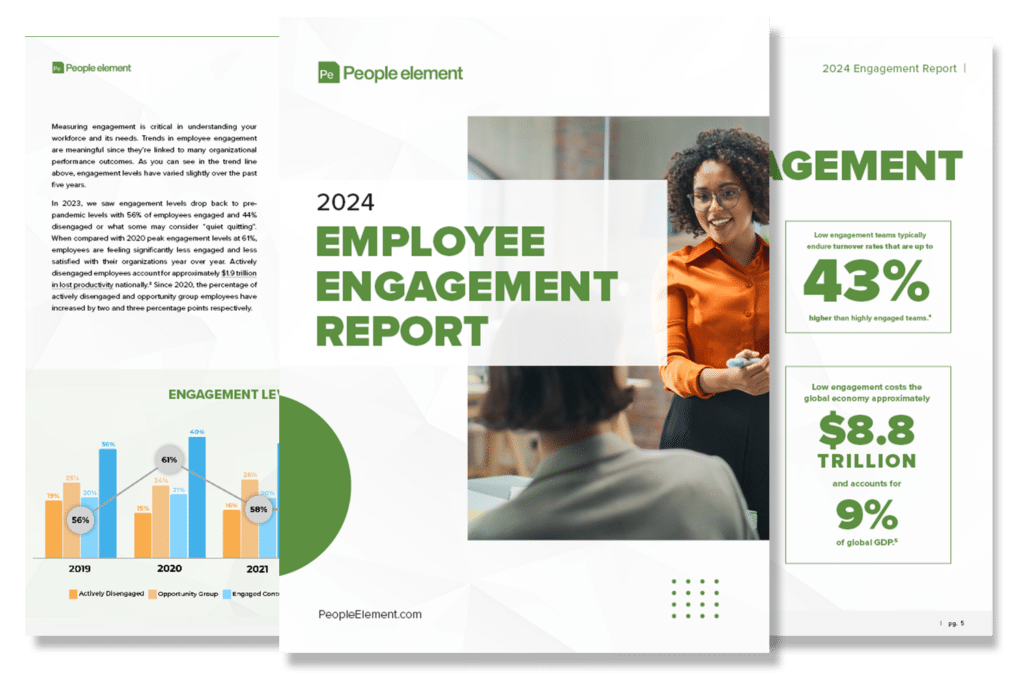The U.S. Chamber of Commerce reports that as of December 2024, there are 8 million job openings but only 6.8 million unemployed workers, leaving a significant gap in the labor market. This shortage is further exacerbated by declining labor force participation, with 1.7 million fewer Americans working compared to February 2020.
Several factors contribute to the labor shortage. The aging workforce is a significant concern, as many baby boomers have retired, leaving gaps in critical industries without enough younger workers to replace them. Additionally, immigration policies have tightened, reducing the number of foreign workers available to fill positions. The COVID-19 pandemic also reshaped worker priorities, with many employees seeking greater work-life balance, higher wages, and better benefits. As a result, businesses are struggling to attract and retain employees who have more options and higher expectations than before.
How the Labor Shortage Impacts HR
According to the Society for Human Resource Management (SHRM), the ongoing labor shortage has forced companies to rethink their workforce strategies. Many businesses are increasing wages and offering more benefits to attract talent, but this alone is not enough. Employers must also focus on creating positive workplace cultures, fostering employee engagement, and investing in professional development. Additionally, SHRM highlights the need for companies to explore automation and artificial intelligence to supplement workforce gaps and enhance efficiency. Addressing these challenges requires a holistic approach that combines innovative hiring strategies with long-term workforce planning.
The impact of this shortage is felt most acutely in industries such as healthcare, manufacturing, hospitality, and retail, where frontline and skilled labor roles remain difficult to fill. Many companies are experiencing increased turnover, rising labor costs, and operational challenges due to understaffing. HR professionals must rethink traditional approaches to hiring, retention, and workforce development to sustain business growth and maintain operational efficiency. To combat the labor shortage, organizations must implement strategic HR initiatives that address both immediate hiring needs and long-term workforce planning.

1. Tap into Underutilized Talent Pools
Veterans and Individuals with Disabilities: Actively recruiting from these groups can help fill open positions. Many veterans possess transferable skills, and individuals with disabilities often remain an overlooked yet capable workforce segment. Organizations can assess their hiring practices and remove barriers to make opportunities more accessible.
Women Re-entering the Workforce: Approximately one million women are missing from the labor force compared to pre-pandemic levels. Offering flexible work arrangements, childcare support, and return-to-work programs can encourage more women to rejoin the workforce.
2. Invest in Training and Development
Upskilling Programs: With technological advancements transforming job requirements, companies must identify skill gaps and provide relevant training. Investing in upskilling and reskilling programs helps employees grow within the company and reduces the need for external hiring.
Apprenticeship Programs: Implementing apprenticeship programs allows companies to cultivate in-house talent, providing hands-on experience and structured career pathways for workers.
3. Enhance Employee Retention
Flexible Scheduling: Work-life balance remains a key factor in employee satisfaction. Offering flexible work options, such as remote work or four-day workweeks, can improve retention rates.
Competitive Compensation and Benefits: Ensuring that compensation packages meet employee expectations is crucial. Regularly reviewing salaries, benefits, and perks can help HR stay competitive in a tight labor market.
4. Leverage Technology
Digital Communication Tools: Implementing platforms that facilitate communication between management and staff enhances engagement and transparency.
AI and Automation: AI-driven tools can streamline the hiring process, improve workforce analytics, and optimize employee engagement strategies. As SHRM notes, automation can be particularly effective in reducing manual workloads and filling gaps left by labor shortages.

5. Understand the Benefits of Employee Surveys
Understanding Workforce Needs: Employee surveys provide direct insights into workforce expectations, concerns, and motivations. By collecting feedback on job satisfaction, career aspirations, and workplace conditions, HR leaders can proactively address employee needs and refine their strategies to align with workforce expectations.
Identifying Retention Risks: Surveys can highlight potential turnover risks, such as dissatisfaction with compensation, lack of growth opportunities, or workplace culture issues. HR teams can use this data to implement targeted retention efforts, such as career development programs, salary adjustments, and improvements to workplace policies.
Enhancing Workplace Culture: A strong company culture is essential for long-term employee satisfaction and engagement. Regular employee feedback allows organizations to measure cultural strengths and weaknesses, make informed changes, and create an environment where employees feel valued and heard. Companies that prioritize employee input can foster a more inclusive, collaborative, and motivated workforce.
Driving Organizational Performance: Engaged employees contribute to higher productivity and better business outcomes. By leveraging survey insights, organizations can improve leadership effectiveness, enhance team dynamics, and align company goals with employee expectations, ultimately boosting overall performance.

Navigating the Labor Shortage with Strategic HR Initiatives
Addressing the labor shortage requires a multifaceted approach that combines hiring innovation, retention strategies, and workforce development. By continuously adapting to employee needs and implementing solutions that foster a thriving workplace, HR teams can help their organizations remain resilient and competitive in today’s challenging labor market.

By adopting a thoughtful approach that combines technology, tools, and genuine human connection, organizations can combat the labor shortage. People Element makes it easy to get started with employee surveys that can help boost retention and engagement. Learn how it works with a free demo.





